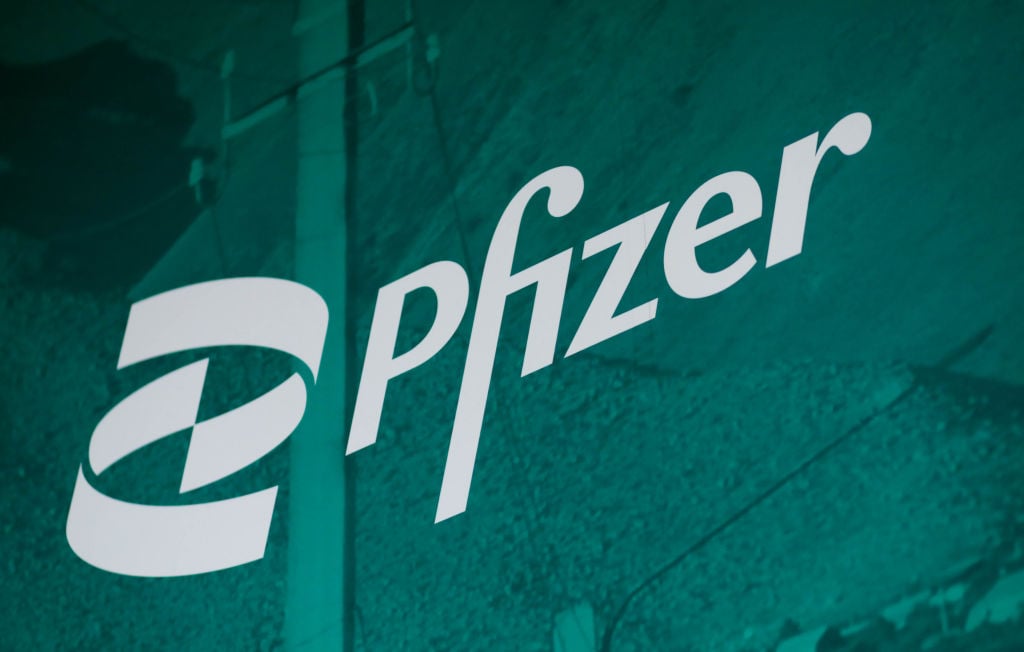Obesity in the U.S. is a growing problem in more ways than one.
The U.S., which ranks as the most obese nation in the world according to the Organization for Economic Cooperation and Development, has seen a relatively steady increase over the past couple of decades in obesity rates which brings with it the potential for added health complications like cardiovascular disease, diabetes, and even cancer. More so, the amount of resources being devoted to treating obesity and obesity-related complications is soaring. Based on figures from a study from Cornell University in the Journal of Health Economics published last year, obesity costs accounted for 21% of all health expenditures in the United States.
The scope of this problem is particularly evident in the nation's most obese states. In a recent Gallup poll conducted in collaboration with Healthways, the following seven states were determined to have the highest obesity rates:
Source: Gallup.
More of the same
As you can see, there are some identifiable similarities here, as we saw with the seven least obese U.S. states. Whereas many of the least obese states were located in the West or in New England, the most obese states tend to be located in the South or Southeastern United States.
Here, we also have a mixture of culture -- a reliance on deep-fried foods and food high in fat content -- and socioeconomic status making up the bulk of the reasoning behind the belt-widening status of these states. According to data from the U.S. Census Bureau averaged over a three-year period, Mississippi, Arkansas, and Tennessee (all among the most obese states) were the first, second, and third lowest in terms of median household income. With fewer nutritious food choices available to the typical family in these states, fast-food restaurants have thrived.
As a compassionate group of people, we'd all love to see these figures beginning to reverse, because it would result in lower cumulative health-care costs, less strain on the health-care system, and an overall healthier population. For pharmaceutical and biotech companies, however, the opportunity to manage obesity and its related complications is poised to be undeniably profitable for decades to come.
The battle over obesity
Two names in this space that made big waves last year are anti-obesity-drug makers Arena Pharmaceuticals (ARNA +0.00%) and VIVUS (VVUS +0.00%). Arena's Belviq was approved in June -- just weeks before VIVUS' Qsymia -- but its debut has been on hold because of drug labeling by the Drug Enforcement Agency. The good news for shareholders here is that the DEA found the potential for abuse to be relatively low for Belviq, and it's expected to be on pharmacy shelves in as early as two weeks.
VIVUS's Qsymia has been available since September, but sales haven't exactly shot out of the gate. Partly to blame was that insurers have been slow to latch onto covering these chronic weight-management drugs, and few users are willing to pay for the medication out of pocket. From a clinical standpoint, Qsymia delivered better results with regard to weight loss relative to Belviq, but Belviq presented the more favorable safety profile of the two. This could be a case where it takes years to determine which drug is better. But that may not matter in the end, as the patient pool is certainly big enough to accommodate both drugs.
Complications matter, too!
Health-care companies aren't just targeting chronic weight-management drugs; they're positioning themselves to deal with what will assuredly be a growing number of complications. In this same Gallup poll, the seven most obese states were also the seven states polled to have the highest blood pressure (not necessarily in the same order as listed above), while six of the seven states appear in the top 10 in terms of highest rate of diabetes.
Drugmakers such as Johnson & Johnson (JNJ +2.05%) and Bristol-Myers Squibb are two names that could clean up with their new class of type 2 diabetes drug known as SGLT2 inhibitors. Previous diabetes medications worked by controlling the body's glycemic balance through actions in the pancreas or liver. SGLT2 inhibitors instead work in the kidneys and allow the body to rid itself of excess glucose through urination. In addition, unlike the current standard of treatment, which tends to cause weight gain, SGLT2 inhibitors have been shown to induce weight loss in patients.
J&J's Invokana, for example, got FDA approval in March after delivering lower A1C levels in trials and improving glycemic balance. Bristol-Myers and AstraZeneca weren't nearly as lucky in the U.S., getting a complete response letter in January 2012 because of concerns over elevated cancer risks, but they did get their SGLT2 inhibitor known as Forxiga approved in Europe. It could just be a matter of time, though, before Forxiga finds itself back in front of the FDA looking for another approval.
A scary risk factor
Cancer risk is another serious concern associated with obesity. According to the National Institutes of Health, obesity has been shown to increase a person's chances of developing esophageal, pancreatic, colorectal, breast, kidney, endometrial, thyroid, and gall bladder cancer. A further study utilizing the National Cancer Institutes Surveillance, Epidemiology, and End Results data estimates that 84,500 new cases of cancer in 2007 were a direct cause of being obese.
Think about the dozens of cancer medications already on the market and being developed that will see sales soar if obesity trends continue to climb. One potential beneficiary here is Pfizer's (PFE +1.55%) Sutent, which is approved to treat kidney cancer, pancreatic neuroendocrine tumors, and gastrointestinal stromal tumors. Sutent is already a blockbuster, with sales totaling $1.24 billion in 2012 and 10% growth witnessed in the United States. If obesity rates track higher, it's likely to see a steady increase in sales.
Another name to consider here (there are so many to choose from) is Onyx Pharmaceuticals (NASDAQ: ONXX) with its lead drug, Nexavar. Like Sutent, Nexavar acts as an inhibitor of VEGF receptors, which are essential for blood vessel growth. The idea for both drugs is to inhibit blood vessel growth to tumors and starve them. Nexavar is already approved to treat renal cell carcinoma (the most common type of kidney cancer) and hepatocellular carcinoma (liver cancer) and looks likely to gain an additional indication in aggressive cases of thyroid cancer.
You can do it; they can help
If there's one thing that needs to be recognized, it's that there is a clear-cut obesity problem in the United States. Some cases are unavoidable and caused by a combination of genetics, but a vast majority of obese patients would see a benefit from a lifestyle change that saw them eat healthier and exercise more regularly. In those instances where proper diet and exercise aren't enough, chronic weight-management-drug makers such as Arena and VIVUS, and those who specialize in treating complications associated with obesity, stand ready in the wings to assist those patients. Ultimately, until this obesity trend reverses, you can expect the pharmaceutical and biotech industries' profits to widen in accord with America's waistline.








